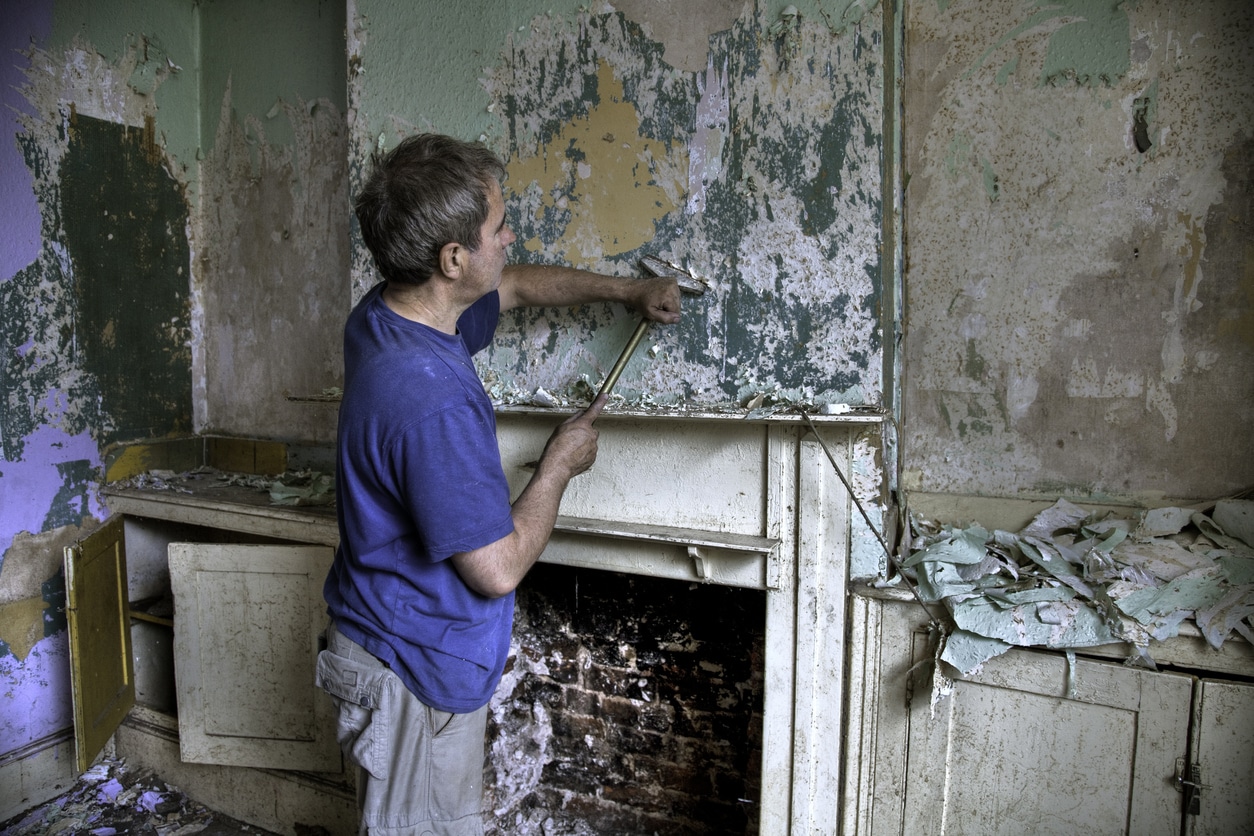
Working in an asbestos mine. Tearing out old insulation from an attic. Sleeping in a bed next to your partner. When you think of risk factors for developing asbestos-related illnesses, one of these things sounds like it doesn’t belong with the others. But people who live in close proximity to workers who are regularly exposed to asbestos fibres are at a heightened risk due to secondary asbestos exposure.
In this blog post, I look at how family members and other close relations of people who regularly come into contact with asbestos may have been unintentionally exposed to this dangerous material and what it could mean for their long-term health.
Asbestos: The Hidden Killer
Long used in building materials and other manufactured products, asbestos is a group of naturally occurring fibrous minerals that are known to be carcinogenic. Left undisturbed, asbestos poses minimal health risks to humans. However, if the fibres become airborne they are invisible to the human eye and risk to human health grows if they are somehow consumed or become lodged in lung tissue.
Since the body is not able to expel these fibres easily, they can remain indefinitely. Their presence interrupts the normal cell cycle, leading to inflammation, scarring, and uncontrollable cell division, and resulting in conditions such mesothelioma and other cancers, asbestosis, and pleuras. Sometimes these conditions only develop years or even decades after these exposures occur.
Short-term exposure to disturbed asbestos – even if intense – raises health risk slightly, but most experts suggest the greatest risk for developing asbestos-related illnesses comes from repeated or long-term exposures. Therefore, occupational exposure from asbestos mining, the construction industry, asbestos remediation, and hazardous material testing are known to significantly increase these risks.
Secondary Exposure and Environmental Risks
If you have close family members who work, or have worked in industries where they could have been regularly exposed to these fibres, you may worry about their long-term health. But you should also be aware that as someone who lives/lived with them, you belong to an at-risk group as well.
Communities near asbestos mines have recorded higher incidences of asbestos-related illnesses, likely due in part to air quality issues. But even if you live far away from an industrial site where asbestos fibres may be present in high quantities, you could still be regularly exposed to significant quantities brought home by workers who unknowingly carry the fibres on their hair, clothes, or tools.
Secondary exposure can result from indirect contact with these workers – handling their clothing while doing laundry, sharing furniture like chairs and beds where the fibres can be easily transferred – or directly from bodily contact. Since the industries where occupational exposure was common were traditionally male-dominated, women and children living with these workers were generally at risk for this secondary exposure.
What Can Be Done?
Unfortunately, the asbestos industry, government officials, and health and safety regulators knew about the dangers of asbestos exposure long before they began adequately advertising it to at-risk populations or taking steps to limit its use or ban it. In fact, Canada will only officially ban the material in 2018.
Although the country’s last active asbestos mine has finally closed, the wide use of the substance in building materials during the 20th century means that people working in construction, demolition and remediation (and their close relations) may continue to be exposed to these fibres for decades to come. Updated health and safety programs and regulations may help to minimize the extent of future exposures, but health problems from decades of past primary and secondary exposure will be felt for many years.
If you or a loved one developed an illness that may have been the result of long-term secondary exposure to asbestos fibres, you may be eligible to access compensation from funds established for victims or pursue other legal action against parties that neglected to offer adequate warning or protection to you.
The damage this insidious fibre did to your family’s health cannot be undone, but fair compensation for your pain and suffering can help you as you move forward and focus on your health and well-being.
To learn more about the dangers of asbestos exposure or if you have been exposed, please contact personal injury lawyer Paul Miller at 416-646-3901 or by email at pmiller@hshlawyers.com.






